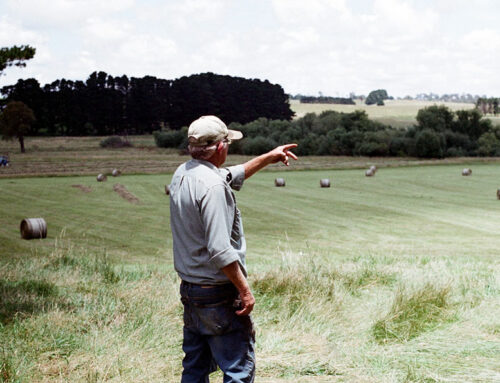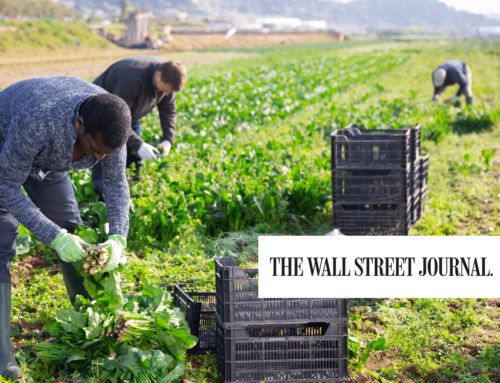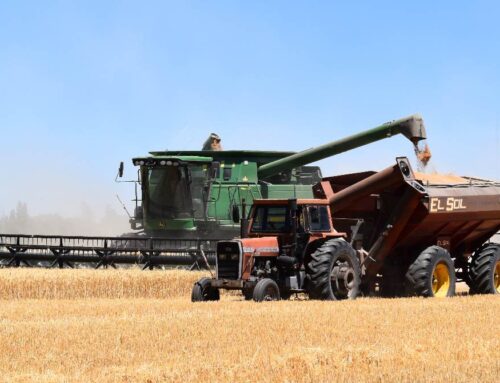The manager’s amendment to the American Rescue Plan Act (ARP) of 2021 makes a change to the $800 million in funding originally allocated for the Food for Peace (FFP) program run by the United States Agency for International Development (USAID). The program is normally funded via the annual agriculture appropriations bill process, meaning Congress must provide discretionary funding each year.
Food for Peace Title II Grants are one of nine major international food assistance programs of the US government. FFP is an old school version of foreign food aid where US sourced commodities and products are shipped to foreign countries in need. Traditionally, it has been used to distribute food internationally during emergencies, natural disasters, or conflicts, as evidenced by the bags of flour, corn, and other commodities that are sent to destinations around the world. The program is popular with shippers, certain farmers, and the farm lobby given it has historically promoted the use of domestically produced commodities. Congress last appropriated $1.7 billion for the program as part of the December 2021 Omnibus.
The House Agriculture Committee justified an additional $800 million for international food aid due to a 20 percent increase in the number of food insecure people internationally due to the pandemic. ARP as originally reported from the House Agriculture and Budget Committees funded it as such:
SEC. 1007. FUNDING FOR FOOD FOR PEACE TITLE II GRANTS
In addition to amounts otherwise made available, there are appropriated for fiscal year 2021, out of any money in the Treasury not otherwise appropriated, $800,000,000, to remain available until September 30, 2022, for expenses, not otherwise recoverable, and unrecovered prior years’ costs, including interest thereon, under the Food for Peace Act (Public Law 83–480), for commodities supplied in connection with dispositions abroad under title II of said Act.
The revised Manager’s Amendment to ARP, however, appears to expand funding eligibility to include not only Title II – Emergency and Private Assistance Program grants – but also Title III bilateral grants for the Food for Development program. The latter program enables ag commodities to be donated to least developed countries, after which revenue generated from the sale of donated ag commodities in the respective country is then used for local economic development activities. The new language in the most recent version of ARP (in the revised manager’s amendment) is the following:
SEC. 1007. USE OF THE COMMODITY CREDIT CORPORATION FOR COMMODITIES AND ASSOCIATED EXPENSES
In addition to amounts otherwise made available, there are appropriated for fiscal year 2021, out of any money in the Treasury not otherwise appropriated, $800,000,000, to remain available until September 30, 2022, to use the Commodity Credit Corporation to acquire and make available commodities under section 406(b) of the Food for Peace Act (7 U.S.C. 1736(b)) and for expenses under such section.
The change in legislative language may also allow Commodity Credit Corporation (CCC) funds to be used in a more expansive way. The CCC is a paper corporation controlled by USDA. It has historically functioned as a funding mechanism for cutting subsidy checks to farmers and purchasing commodities to then distribute as food, amongst other priorities in various farm bill programs. The CCC is already a primary mechanism through which commodities are procured for FFP and other foreign aid programs so there may be other reasons behind the change in legislative language as compared to previous bills.
Overseen by the Secretary of Agriculture himself, the CCC is already a source of nearly unlimited power. It has recently been used to distribute record subsidy payments to agricultural producers in the form of the Market Facilitation Program (MFP), created by the Trump Administration to bail out farmers due to the Administration’s own trade war. It has also been used by previous administrations to subsidize biofuels infrastructure projects without Congressional approval, and some policymakers are now calling for the CCC to be used as a vehicle for creating a new USDA carbon credit bank.
Maybe it’s nothing, maybe it’s everything. When you’ve been clobbered by the CCC, one can’t help to be paranoid.










